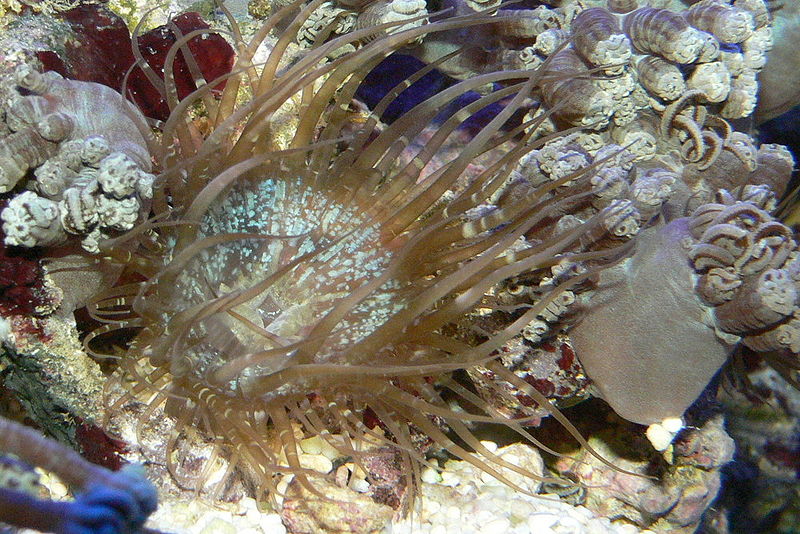 The genus Cirrhitichthys is the largest group of hawkfish represented by 8 different species. The name Cirrhitichthys comes from the Latin “cirrhi”, or “cirri”, meaning filament or fringe, and “ichthys” which simply means fish. As their name suggests, the fish in this genus are distinguished from other hawkfish by the filamentous tufts on the end of their dorsal spines.
The genus Cirrhitichthys is the largest group of hawkfish represented by 8 different species. The name Cirrhitichthys comes from the Latin “cirrhi”, or “cirri”, meaning filament or fringe, and “ichthys” which simply means fish. As their name suggests, the fish in this genus are distinguished from other hawkfish by the filamentous tufts on the end of their dorsal spines.
Cirrhitichthys, like all other hawkfish, are protogynous hermaphrodites. That means all hawkfish are born as females, but rely on environmental triggers to incite one female to become a dominant male. They are typically found perching high up on corals, watching below for small crabs and shrimp which they swoop in to eat, much like a predatory hawk. The fish prop themselves up with their large, skinless pectoral fins. Because these fins are skinless, they do not feel the sting of the corals they perch upon, so a coral colony can offer protection to these smaller fish. Hawkfish are generally quite active during the day, hopping from one perch to another in search of food. They are generally hardy and disease free. They should be offered meaty foods such as mysis shrimp and squid, but their greedy nature will lead them to snatch up pellets, flakes and pretty much anything else you offer. Just like any fish, variation in their diet and vitamin supplements will help to maintain health and coloration. Read More »
 That Fish Blog – Aquarium Advice and Information
That Fish Blog – Aquarium Advice and Information



